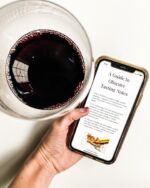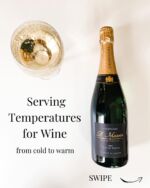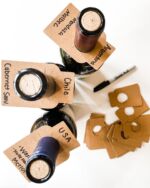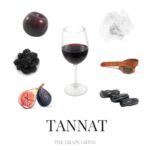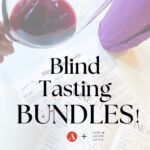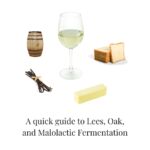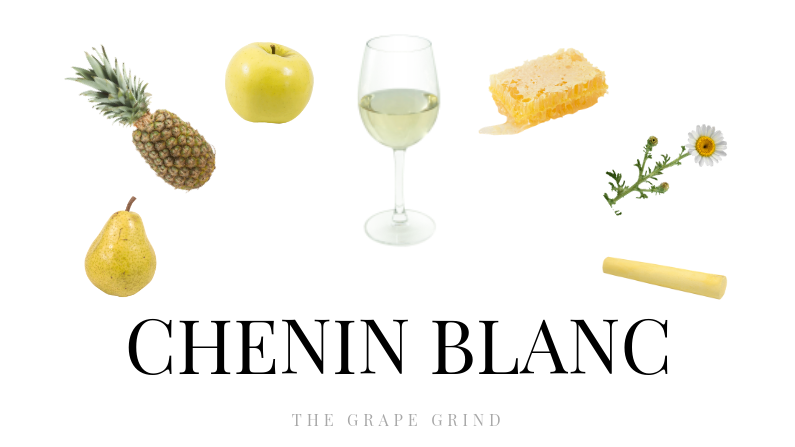
All you need to know about Chenin Blanc: A quick guide
Chenin Blanc is a fantastic white varietal that can be made into many styles, from
The following guide will illustrate what Chenin Blanc tastes like (aroma, flavor, and structure). It will also tell you where it’s from, provide you with common food recommendations, top producers, similar varieties, and let you know why you should be drinking more of it!
How would I describe Chenin Blanc?
Bright
Chenin Blanc is a lively wine! It has a lot of fruit flavor, but also a great amount of acidity that allows it to shine when paired with certain foods (or on its own)!
Fresh
Chenin Blanc is a fresh wine. You will often notice floral aromas and tastes, as well as hints of minerality. It’s a wine that will keep you sipping!
Versatile
Chenin Blanc (like Chardonnay) is very versatile. It can be grown almost anywhere, and because it is so neutral, it will absorb and convey the flavors of the land/area where it’s grown.
What does Chenin Blanc taste like?

These are the most familiar tastes and aromas I typically find in a glass of Chenin Blanc. It’s also common to find citrus, melon, mango, quince, straw, wool, mushroom + ginger notes depending on where the wine is from, and how it is made. The condition of fruit in Chenin is often bruised, which is a defining characteristic of this variety.
Remember, wine tastes are somewhat relative. There may be some different tasting notes you consistently find while drinking Chenin Blanc.
What about structure?
There is no “one size fits all” when it comes to structure for every grape, however, there IS a general range when it comes to body, acid, alcohol, and tannin for each. Below are general guidelines for classic representations. Growing conditions and winemaking techniques can impact each of the following.
Medium Body
Think of that weight as a liquid scale, from water (light body) to heavy cream (full body) in your mouth. Chenin Blanc can be light or full-bodied, but typically falls in the middle.
Medium Plus Acid
You can judge acidity based on whether your mouth waters after you take a sip of something. The more you salivate, the higher the acid. Chenin Blanc is known for great acidity. Sometimes this borders on high.
Medium Alcohol
You can feel alcohol ‘burn’ the back of your throat when you take a sip. Chenin Blanc can have various levels of alcohol, but it’s generally balanced.



Where is Chenin Blanc from?
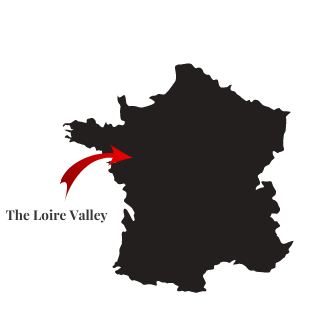
France
Primarily in The Loire Valley
Chenin Blanc originated in the Loire Valley. If you have never tried Chenin from here, you need to! This is where you will find the greatest expressions of this grape. It is most age-worthy here. The styles will vary depending on the sub-region.
Chenin Blanc from Savenierres will be the dryest expressions with bracing acidity, but also a richer viscous body and subtle honeyed notes.
Chenin Blanc from Vouvray can be dry or sweet (sweet or off-dry styles are easier to find, especially at grocery stores). These wines are often softer in body and acid and showcase fruitier flavors and less minerality. They are friendly wines.
Bonnezeaux and Quarts de Chaume are dessert wine regions in Anjou. These wines have some of the highest residual sugar levels of any wine in the world. They are made with grapes with botrytis (noble rot) that give the wine a nutty aroma and richly honeyed notes.

South Africa
Chenin Blanc was brought over to South Africa from France. The grape shined here and as the region grew, it quickly became the most well-known. Now, South Africa is one of the largest producers of Chenin Blanc in the world! Chenin Blanc from South Africa will have similar apple notes, but way more tropical fruit flavors (pineapple, mango, banana) than wines from France! You can also find these wines at a very affordable price. They are delicious and a great value.
You can also find wonderful Chenin Blanc from the USA, Canada, New Zealand, and Argentina.
What are the best food pairings for Chenin Blanc?
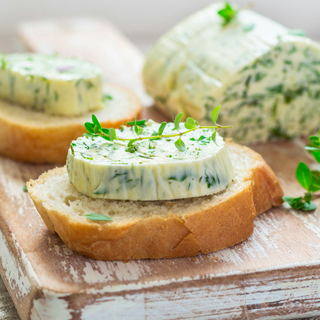
Goat Cheese
Why?
The Loire Valley is home to some of the most popular styles of goat cheese. Chenin Blanc’s bracing acidity cuts through this often creamy, sharp-tasting cheese. This will leave a fantastic lasting rich taste in your mouth. Herbed goat cheese is highly recommended.
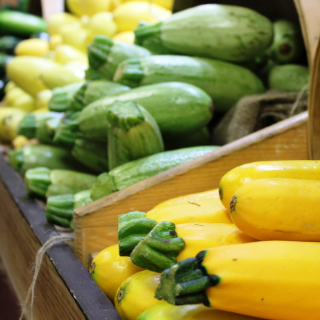
Squash
Why?
Chenin Blanc has a bruised fruit quality that complements zucchini, squash, and even pumpkin perfectly. It’s a medium-bodied wine with food pairing acidity. Because of this, it goes well with a lot of squash casseroles. The sweeter styles are even fantastic with pumpkin pie. A fantastic fall food wine.
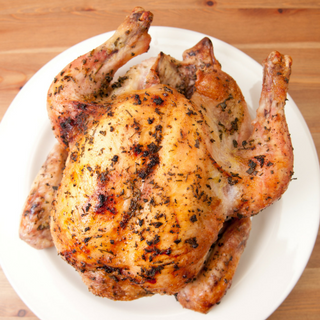
Chicken
Why?
Chenin Blanc typically has a little more body than most white wines. Because of this, it can hold up to heavier white meats such as chicken and turkey (sometimes even pork chop). Roasting the chicken and adding some herbs will complement the wine even more!
What other similar varieties would I enjoy?
(common confusions)
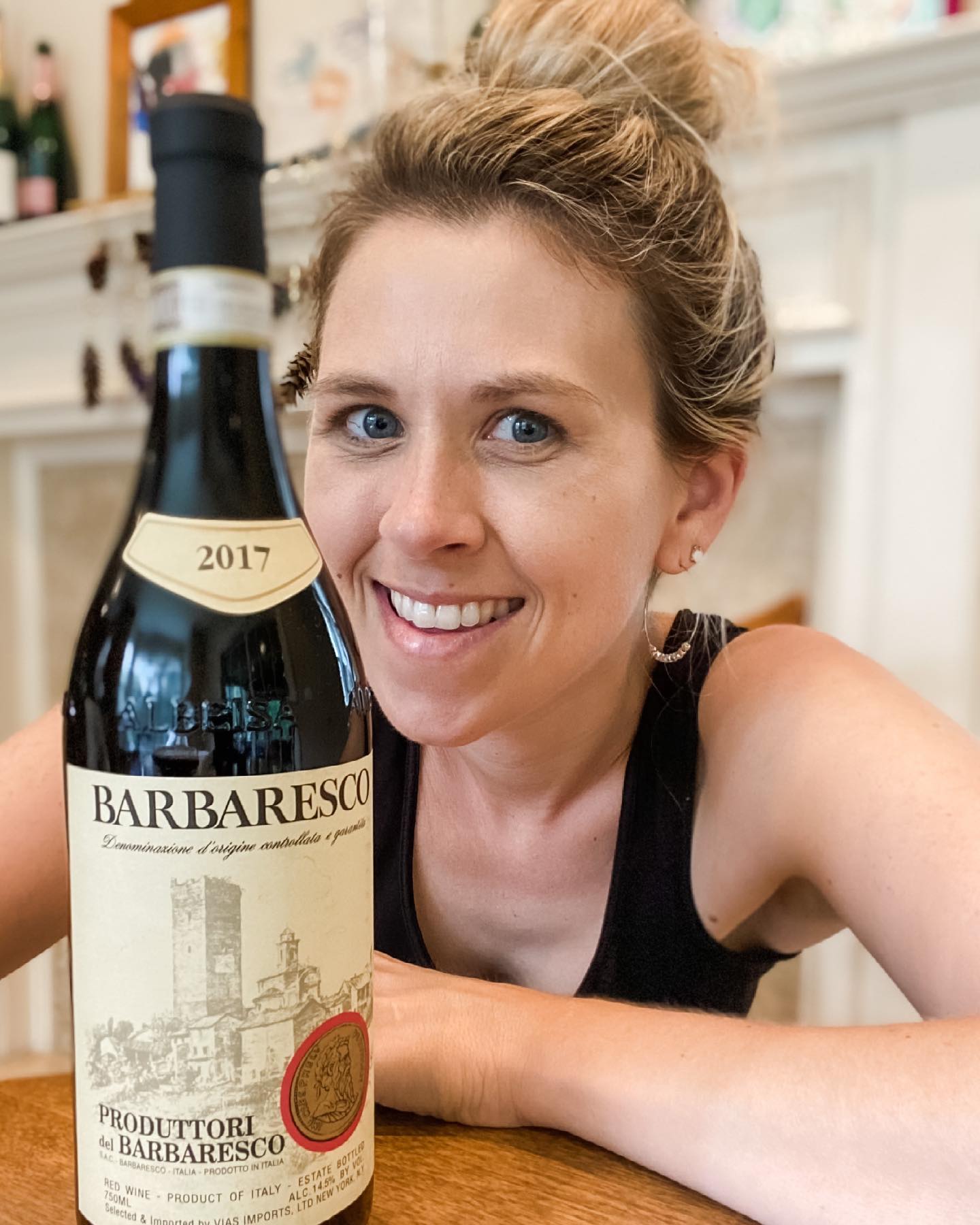

A Certified Sommelier and Certified Specialist of Wine with a passion for everything wine + beverage!
Blind Tasting Options
Check them out
thegrapegrind






